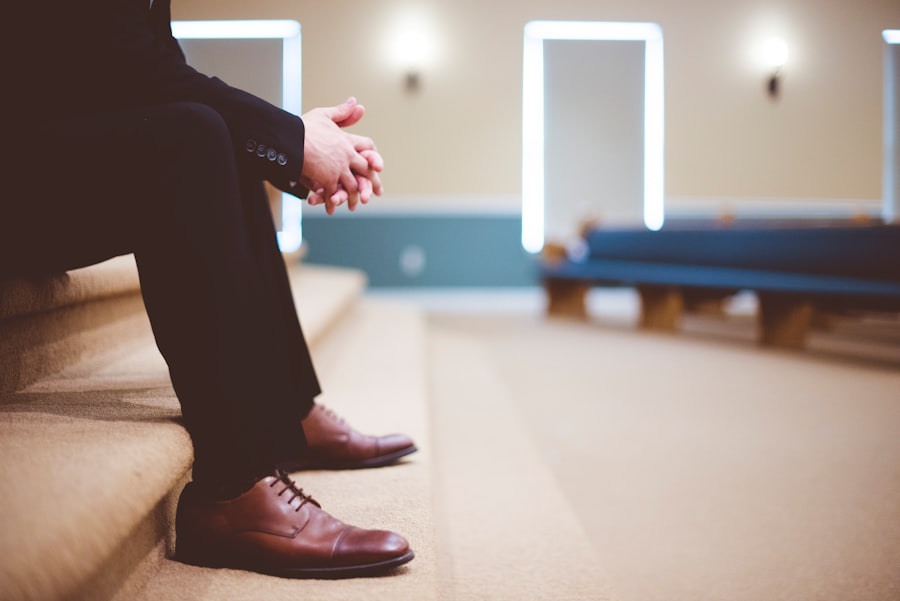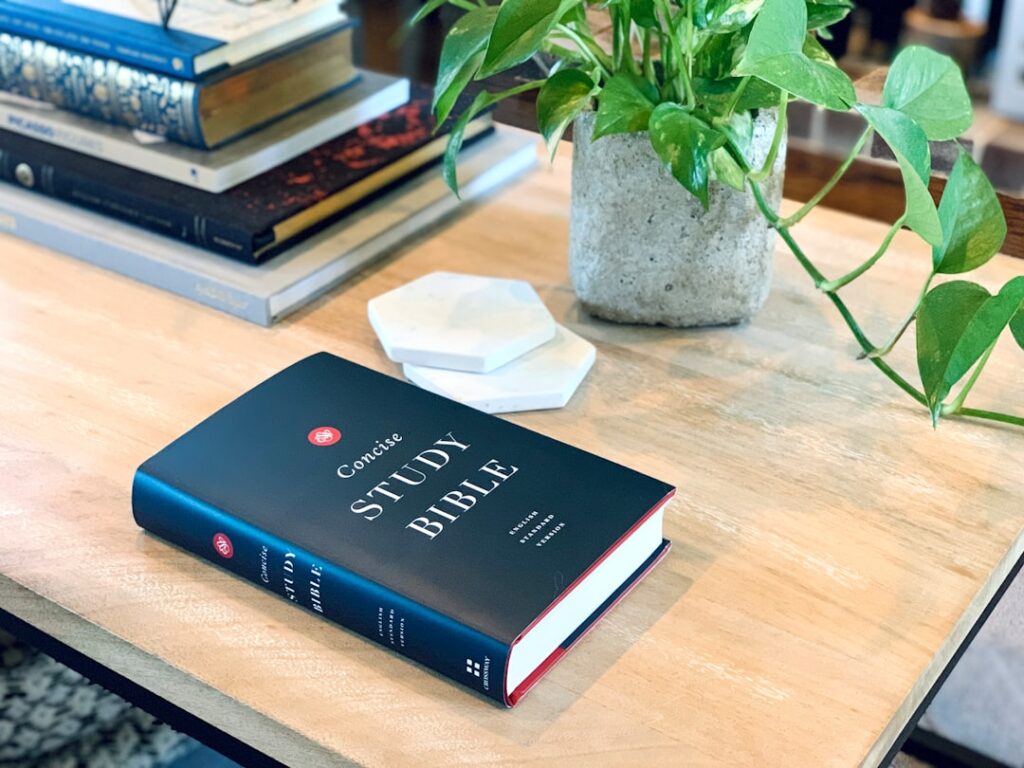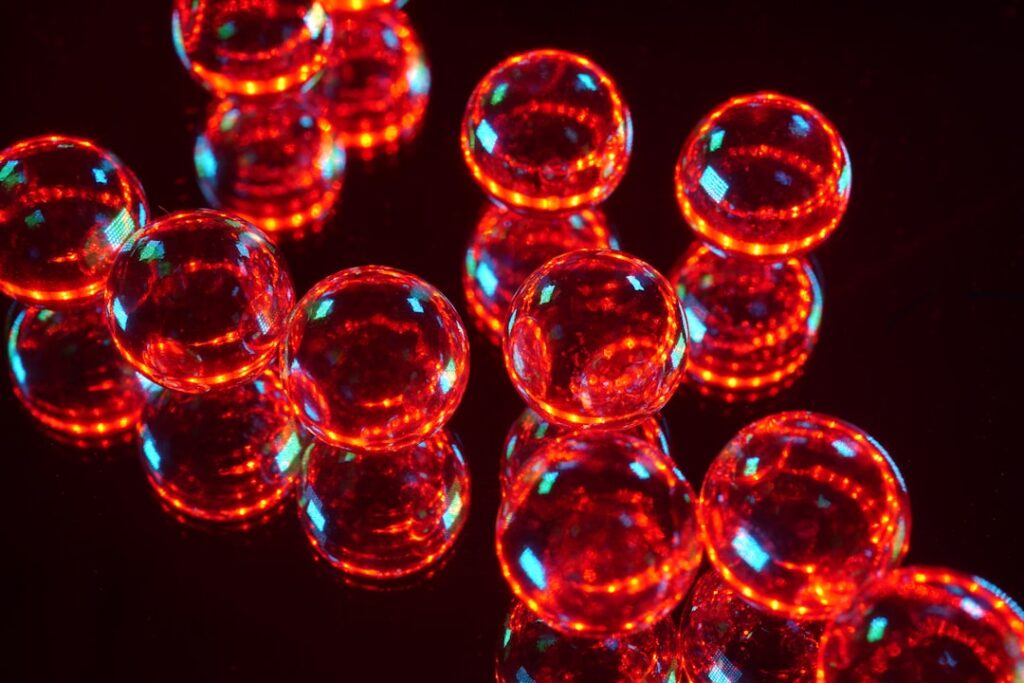The 1920s marked a transformative period in men’s fashion, characterized by significant shifts in style and societal norms. Following World War I, changing attitudes and values were reflected in men’s clothing choices. This era saw a departure from the rigid, formal attire of previous decades, moving towards more relaxed and casual ensembles.
The concept of the “modern man” emerged, embracing individuality and a more carefree approach to fashion. Hollywood’s influence on men’s fashion grew substantially during this time, with movie stars becoming style icons and driving new trends. The iconic 1920s silhouette for men typically featured tailored suits, wide-brimmed hats, and sleek hairstyles.
This look has endured as a symbol of timeless elegance and sophistication. Key elements of 1920s men’s fashion included:
1. Suits with higher waistlines and shorter jackets
2.
Wider trouser legs, often with cuffs
3. Colorful and patterned neckties
4. Oxford shoes and two-tone spectator shoes
5.
Fedoras and other wide-brimmed hats
6. Slicked-back hairstyles
The fashion of this decade represented a broader cultural shift towards modernity and self-expression, setting the stage for future developments in men’s style.
Key Takeaways
- Men’s fashion in the 1920s was characterized by a departure from traditional styles and a move towards more modern and relaxed clothing.
- Hollywood played a significant role in influencing men’s fashion, with actors like Rudolph Valentino and Douglas Fairbanks setting trends for men’s suits and hairstyles.
- The 1920s saw the rise of the “modern man” who embraced a more casual and comfortable style, breaking away from the formality of previous decades.
- The iconic silhouette of the 1920s included tailored suits, wide ties, and fedora hats, which became synonymous with the fashionable man of the era.
- Casual wear became increasingly popular in the 1920s, with men embracing sweaters, knickers, and sportswear for leisure activities and everyday wear.
The Influence of Hollywood on Men’s Fashion
The Rise of Celebrity Culture
The 1920s saw a significant shift in men’s fashion, largely influenced by the rise of Hollywood and the emergence of celebrity culture. Movie stars like Rudolph Valentino, Douglas Fairbanks, and Charlie Chaplin became fashion icons, and their on-screen personas helped popularize new trends in men’s fashion.
Hollywood’s Style Icons
These glamorous and dashing leading men set the standard for elegance and sophistication, and their impeccable style was emulated by men around the world. They inspired a new generation of men to dress up and take pride in their appearance.
A New Era of Grooming
The influence of Hollywood extended beyond clothing to grooming trends as well. Slicked-back hair and clean-shaven faces became popular among men who sought to emulate the suave and debonair look of their favorite movie stars.
A Lasting Impact
The impact of Hollywood on men’s fashion in the 1920s cannot be overstated. It helped shape the way men dressed and presented themselves during this iconic era, leaving a lasting legacy in the world of fashion.
The Rise of the “Modern Man” in 1920s Fashion

The 1920s saw the emergence of the “modern man,” who embraced new ideas and a more relaxed approach to fashion. This shift in societal attitudes was reflected in men’s clothing, as traditional formal wear gave way to more casual and comfortable attire. The modern man of the 1920s rejected the stiff and restrictive styles of the past, opting instead for looser-fitting suits, soft collars, and comfortable fabrics.
This new approach to fashion was a reflection of the changing social dynamics of the time, as men sought to break free from the constraints of traditional gender roles and express themselves in new and exciting ways. The rise of the modern man in 1920s fashion marked a significant departure from the past and set the stage for a new era of individualism and self-expression.
The Iconic Silhouette: Suits, Ties, and Hats
| Item | Number of Sales | Average Price | Customer Satisfaction |
|---|---|---|---|
| Suits | 500 | 250 | 4.5/5 |
| Ties | 800 | 30 | 4.8/5 |
| Hats | 300 | 50 | 4.3/5 |
The iconic silhouette of men’s fashion in the 1920s was characterized by tailored suits, wide ties, and sleek hats. The suit became a staple of men’s wardrobes during this time, with a focus on clean lines, slim cuts, and minimal embellishments. Suits were typically made from lightweight fabrics such as wool or tweed, and were often paired with wide-legged trousers for a relaxed yet polished look.
Ties also played a crucial role in defining the silhouette of 1920s fashion, with wide silk ties in bold patterns and colors adding a touch of flair to men’s ensembles. Wide-brimmed hats such as fedoras and bowlers were also popular accessories, adding a sense of sophistication and elegance to any outfit. The iconic silhouette of 1920s men’s fashion continues to be celebrated for its timeless appeal and enduring influence on modern menswear.
The iconic silhouette of men’s fashion in the 1920s was defined by tailored suits, wide ties, and sleek hats that exuded sophistication and elegance. Suits were tailored to fit close to the body with slim cuts and minimal embellishments, reflecting the modern man’s desire for a more relaxed yet polished look. Lightweight fabrics such as wool or tweed were favored for their comfort and versatility, allowing men to move freely while still looking sharp.
Wide-legged trousers completed the ensemble, adding a touch of casual elegance to the overall silhouette. Ties also played a crucial role in defining the look of 1920s fashion, with wide silk ties in bold patterns and colors adding a touch of flair to men’s ensembles. Wide-brimmed hats such as fedoras and bowlers were also popular accessories, adding a sense of sophistication and elegance to any outfit.
The iconic silhouette of 1920s men’s fashion continues to be celebrated for its timeless appeal and enduring influence on modern menswear.
Casual Wear: Sweaters, Knickers, and Sportswear
In addition to tailored suits and formal attire, casual wear also played a significant role in shaping men’s fashion in the 1920s. Sweaters became a popular choice for casual wear, with styles ranging from simple pullovers to more elaborate knits with intricate patterns. Knickers, or short trousers that end just below the knee, were also favored for their comfort and practicality, especially for outdoor activities such as golfing or hiking.
Sportswear became increasingly popular during this time, as men embraced a more active lifestyle and sought out clothing that was both stylish and functional. The rise of casual wear in 1920s fashion reflected a shift towards more relaxed and comfortable clothing options, as men sought to express their individuality and embrace new leisure activities. Casual wear played a significant role in shaping men’s fashion in the 1920s, as men sought out clothing that was both stylish and comfortable for their leisure activities.
Sweaters became a popular choice for casual wear, with styles ranging from simple pullovers to more elaborate knits with intricate patterns. Knickers, or short trousers that end just below the knee, were also favored for their comfort and practicality, especially for outdoor activities such as golfing or hiking. Sportswear became increasingly popular during this time, as men embraced a more active lifestyle and sought out clothing that was both stylish and functional.
The rise of casual wear in 1920s fashion reflected a shift towards more relaxed and comfortable clothing options, as men sought to express their individuality and embrace new leisure activities.
Accessories and Grooming Trends of the Roaring Twenties

Accessories played a crucial role in defining men’s fashion in the 1920s, adding a touch of flair and sophistication to any ensemble. Pocket squares, cufflinks, and tie pins were popular accessories that added a sense of refinement to formal attire, while suspenders and belts were essential for keeping trousers in place. Grooming trends also played a significant role in shaping men’s fashion during this time, with slicked-back hair and clean-shaven faces becoming increasingly popular.
Men paid close attention to their grooming routines, using pomades and tonics to achieve the sleek hairstyles that were synonymous with the dapper look of the 1920s. Accessories and grooming trends were essential elements of men’s fashion in the Roaring Twenties, adding an extra layer of sophistication and polish to their overall appearance. Accessories played a crucial role in defining men’s fashion in the 1920s, adding a touch of flair and sophistication to any ensemble.
Pocket squares, cufflinks, and tie pins were popular accessories that added a sense of refinement to formal attire, while suspenders and belts were essential for keeping trousers in place. Grooming trends also played a significant role in shaping men’s fashion during this time, with slicked-back hair and clean-shaven faces becoming increasingly popular. Men paid close attention to their grooming routines, using pomades and tonics to achieve the sleek hairstyles that were synonymous with the dapper look of the 1920s.
Accessories and grooming trends were essential elements of men’s fashion in the Roaring Twenties, adding an extra layer of sophistication and polish to their overall appearance.
The Legacy of 1920s Men’s Fashion
The legacy of 1920s men’s fashion continues to be celebrated for its timeless elegance and enduring influence on modern menswear. The iconic silhouette of tailored suits, wide ties, and sleek hats remains a symbol of sophistication and refinement, inspiring designers and fashion enthusiasts alike. The influence of Hollywood on men’s fashion during this era also continues to be felt today, as movie stars from the Roaring Twenties are still revered as style icons whose impeccable taste has stood the test of time.
The rise of the “modern man” in 1920s fashion marked a significant shift towards individualism and self-expression, setting the stage for a new era of menswear that continues to evolve and inspire new trends. The legacy of 1920s men’s fashion is one of timeless elegance and enduring influence that continues to shape the way men dress and present themselves today. The legacy of 1920s men’s fashion continues to be celebrated for its timeless elegance and enduring influence on modern menswear.
The iconic silhouette of tailored suits, wide ties, and sleek hats remains a symbol of sophistication and refinement, inspiring designers and fashion enthusiasts alike. The influence of Hollywood on men’s fashion during this era also continues to be felt today, as movie stars from the Roaring Twenties are still revered as style icons whose impeccable taste has stood the test of time. The rise of the “modern man” in 1920s fashion marked a significant shift towards individualism and self-expression, setting the stage for a new era of menswear that continues to evolve and inspire new trends.
The legacy of 1920s men’s fashion is one of timeless elegance and enduring influence that continues to shape the way men dress and present themselves today. In conclusion, the 1920s was a decade of significant change and innovation in men’s fashion. The influence of Hollywood on men’s fashion during this era cannot be overstated, as movie stars became style icons whose impeccable taste helped popularize new trends.
The rise of the “modern man” in 1920s fashion marked a significant departure from traditional gender roles, as men embraced new ideas and a more relaxed approach to dressing. The iconic silhouette of tailored suits, wide ties, and sleek hats remains a symbol of sophistication and refinement that continues to inspire modern menswear. Casual wear such as sweaters, knickers, and sportswear also played a significant role in shaping men’s fashion during this time, reflecting a shift towards more relaxed and comfortable clothing options.
Accessories such as pocket squares, cufflinks, and tie pins added an extra layer of sophistication to men’s ensembles, while grooming trends such as slicked-back hair became increasingly popular. The legacy of 1920s men’s fashion is one of timeless elegance and enduring influence that continues to shape the way men dress and present themselves today.
If you’re interested in learning more about men’s 1920s fashion, you should check out this article on Try Helpmate. This article provides a comprehensive overview of the key trends and styles that defined men’s fashion during the 1920s, from the rise of the “flapper” look to the influence of Hollywood on men’s clothing. Whether you’re a history buff or just curious about vintage fashion, this article is a must-read for anyone interested in the fashion of the Roaring Twenties.
FAQs
What were the key elements of men’s 1920s fashion?
During the 1920s, men’s fashion was characterized by tailored suits with wide-legged trousers, high-waisted pants, and double-breasted jackets. Accessories such as bow ties, fedora hats, and pocket squares were also popular.
What were the popular fabrics and colors in men’s 1920s fashion?
Wool was the most common fabric used for men’s suits in the 1920s. Colors such as navy, grey, and brown were popular for suits, while pastel shades like pink, peach, and mint green were also fashionable for shirts and accessories.
What were the typical accessories worn by men in the 1920s?
Men in the 1920s often wore accessories such as bow ties, neckties, pocket squares, cufflinks, fedora hats, and suspenders. These accessories were essential for completing the polished and sophisticated look of the time.
How did men’s fashion change in the 1920s compared to previous decades?
In the 1920s, men’s fashion shifted from the more formal and structured styles of the previous decades to a more relaxed and casual look. The introduction of ready-to-wear clothing and the influence of the jazz age led to a more youthful and modern approach to men’s fashion.
What were the influences on men’s fashion in the 1920s?
The 1920s saw a significant influence from the Art Deco movement, which emphasized geometric shapes and bold patterns. Additionally, the rise of Hollywood and the popularity of jazz music also played a role in shaping men’s fashion during this time.



